NPR and comic book vets team to revive the Golden Age superhero Micro-Face … no, really
The (not really) legendary superhero Micro-Face is revived by the (not really) legendary publisher NPR Planet Money

After decades in limbo, the legendary and iconic Golden Age superhero Micro-Face is finally being revived by equally legendary comic book publishing giant the NPR Planet Money Publishing Group…
Okay. Hold up.
We know you've never heard of Micro-Face. Hell, neither did we a few days ago. But he really was a Golden Age superhero.
And the NPR Planet Money Publishing Group isn't really a thing either. At least it wasn't a thing until recently. And for how long it remains a thing is yet to be seen.
Confused?
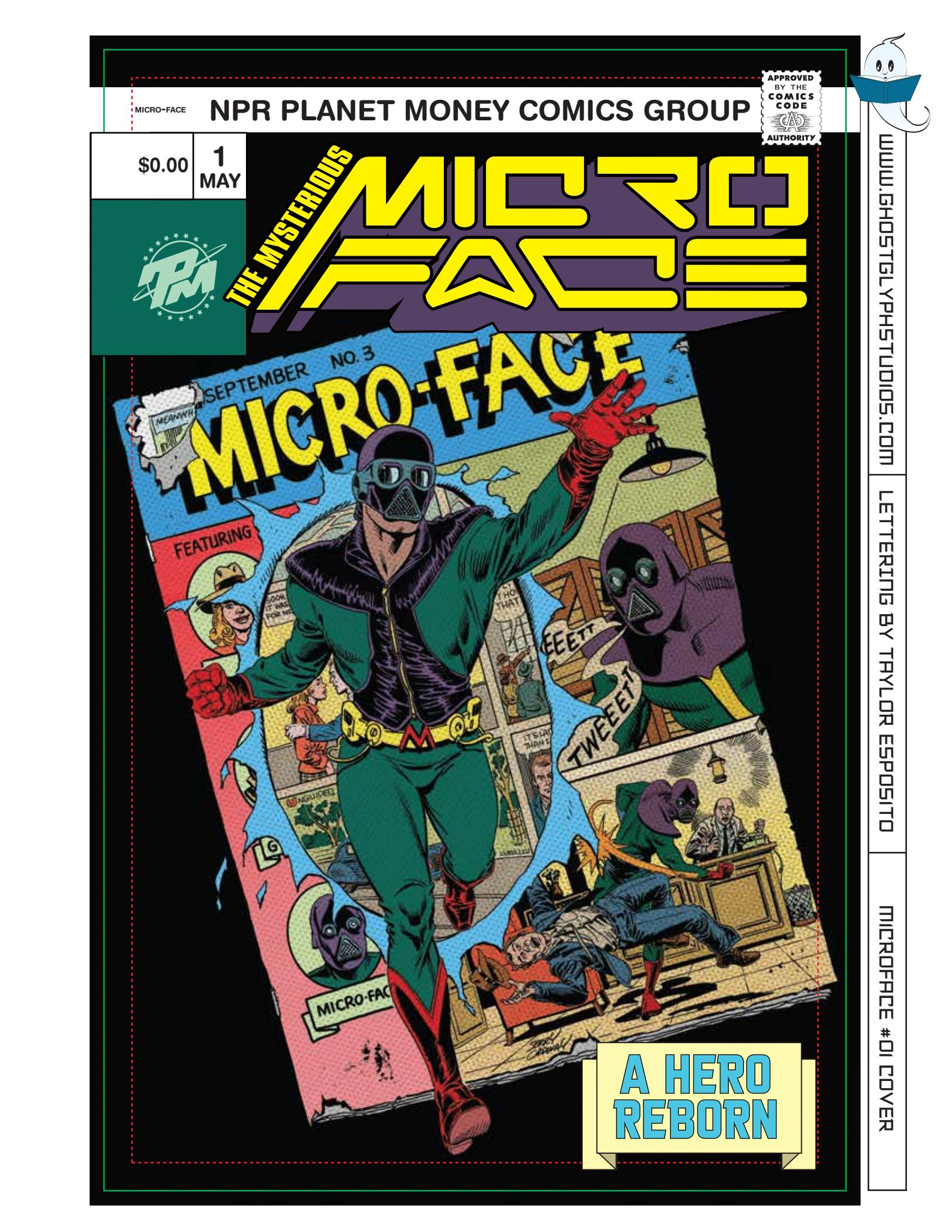
Give us a few moments to explain. Suffice it to say, you can order the character's revival The Myserterious Micro-Face #1, written by Alex Segura, penciled by fan-favorite artist Jamal Igle, with a main cover and character redesign from legendary veteran Jerry Ordway, colored by Ellie Wright, and lettered by Taylor Esposito right now.
As to how it all came about...
Get the best comic news, insights, opinions, analysis and more!
It all started earlier this year when Segura, the novelist, comic book writer, ex-ex DC and Archie Comics executive, and current Oni-Lion Forge senior VP of sales and marketing was approached by his friend Kenny Malone, a reporter for National Public Radio's (NPR) popular Planet Money podcast, which focuses on explaining complex business and finance matters in entertaining and fun ways.
You know, I don't know sometimes how I wind up with projects like this [laughs]. I think it's pretty well known that I love a challenge. The fun for me really comes with putting the art together. I'm using new tools and changing things up a bit, visually. I also love the idea of bringing comics to a non-traditional comics audience - like the listeners of Planet Money.
Jamal Igle
Malone wanted Segura to guest on an episode as part of a series on intellectual property in comics books, detailing how characters can be very profitable through media and licensing.
Malone and his co-host Robert Smith had a "big idea" for the podcast - to actually buy a character from an established comic book company, and then try to license it out for television, movies, and merchandise for big money.
Still at Archie Comics at the time, Segura's role on the podcast was to provide his insight as a comic book executive representing iconic characters. Malone and Smith actually asked to purchase a lesser-known Archie character, a request Segura had to decline.
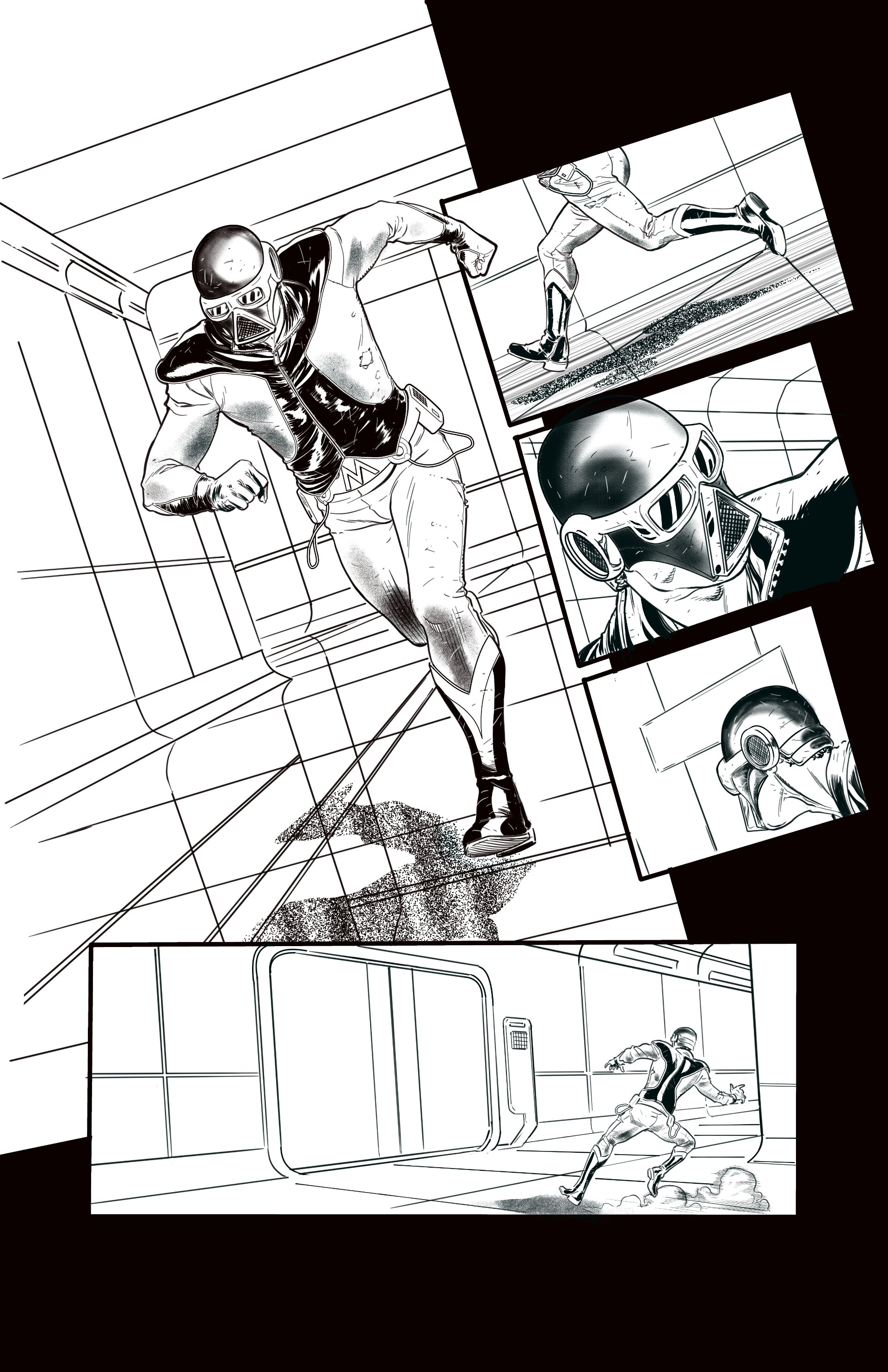
"I think I said 'I am not allowed to say yes but I can certainly say no'," recalls Segura, explaining to Planet Money hosts that "any character, from A-list to D-list, is one great story away from being a billion-dollar franchise. There was zero upside for a company to sell off intellectual property. We're in the age where you want more intellectual property, not less."
And while episodes went over well and the audience response to the series was positive - their ambitious conceit wasn't fulfilled - they weren't able to acquire a character.
Segura then suggested an alternative path...
"The Golden Age of comics is littered with lost characters and ideas that now reside in the public domain - meaning the original copyrights and trademarks have lapsed and enough time has passed that they can't be renewed," Segura explains.
So, for characters of this kind, the basic premises are up for grabs by anyone. You can create new work based on the original idea then copyright and trademark your version of the public domain character. Malone and Smith took to the idea and with that in mind, went on a hunt for their own superhero.
What they found is the very obscure superhero named Micro-Face who made a dozen or so appearances in the '40s, created by writer-artist Allan Ulmer. Ulmer was an illustrator of magazine and newspaper features like The Shadow, The Green Hornet, and Tarzan and later drew comic books and covers in the '40s and '50s for publishers such as Holyoke Publishing (Blue Beetle), DC (Dale Evans Comics), and Marvel precursor Timely Comics (Red Warrior) before his career turned to the fine arts in the '60s. He passed away in the '80s.
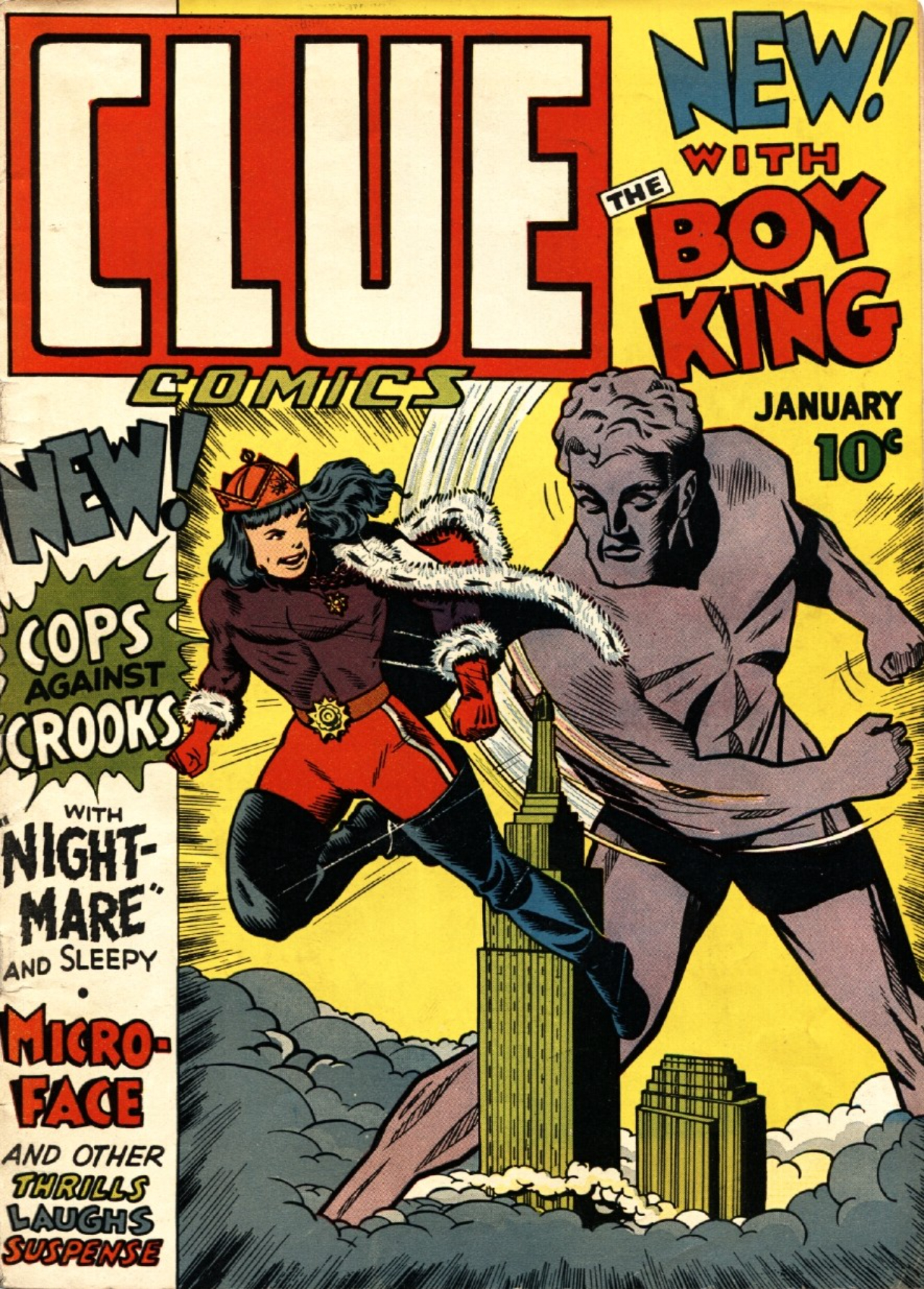
Created in 1943 for the publisher Hillman in Clue Comics #1, Tom Wood AKA Micro-Face had audio-based powers (no, he didn't have a super-small face … we'll get to that in a moment) and the Planet Money guys liked the idea that a business podcast for a public radio station was going to have an audio-centric character.
Because Segura has a background as a comic book writer, editor, publishing executive, and all-around Swiss Army Knife of comic book creation, Malone and Smith asked him if he'd write a new Micro-Face story and help put together a creative team.
"It was such a unique, weird, fun project - meta and interesting - that I couldn't say no," Segura explains.
"When we settled on Micro-Face I explained that we kind of had three paths to take," Segura says, "We could either continue the original Micro-Face's adventures as if no time had passed and make it a period piece or we could relaunch the character as a modern, new idea with no ties to what came before."
But the one that really resonated with Segura and the podcast guys was a third option - to create a new legacy version of Micro-Face, one that was tied to the original's history but was a new character set in the modern day. Oh, and they also thought it'd be cool if the story touched on the public domain 'universe' of heroes in a way that was entertaining to read, but also a fun meta-commentary on intellectual property.
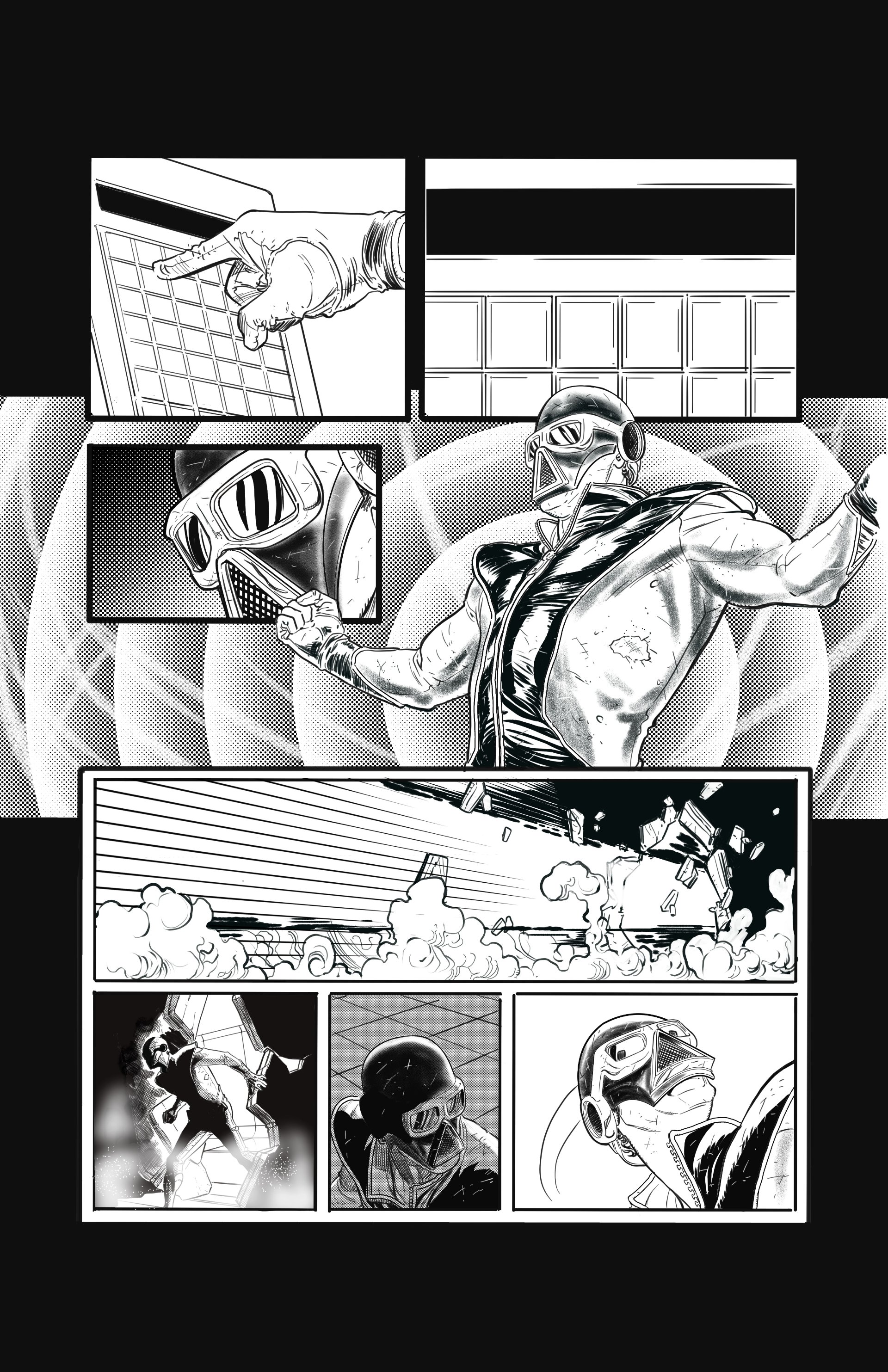
"Since it's an NPR/Planet Money comic, we also wanted to make sure it had a fair share of information," explains Segura. "Not as an educational comic, but a story that landed in the business world. But the idea that we could add to Micro-Face's legacy while engaging in this fun exercise felt right. One thing Kenny and Robert did that was really awesome is they reached out to Allan Ulmer's daughter and got her blessing to continue the story. It's a really heartwarming part of the podcast."
Many of the details can be heard on the podcast or you can read the transcript including Segura's first reaction when he was first introduced to Micro-Face ("That's an unfortunate name.")
Despite that initial reaction and the meta-context of the whole project, Segura says his revival of Micro-Face is never tongue-in-cheek or mocking of the idea.
"We play the story straight,'' he explains, saying he liked the idea of playing with the legacy of the original character while also wanting to create a new, Latinx hero. "Sam Salazar, a radio reporter in New York, discovers he's the grandson of the original Micro-Face. He learns this as he tries to track down the person that's (corporate-ly) raiding small, WWII-era companies for unknown reasons. As Sam digs deeper into the financial crimes, he learns of his own legacy, and circumstances get wild enough that he has to put on the helmet and do some good himself."
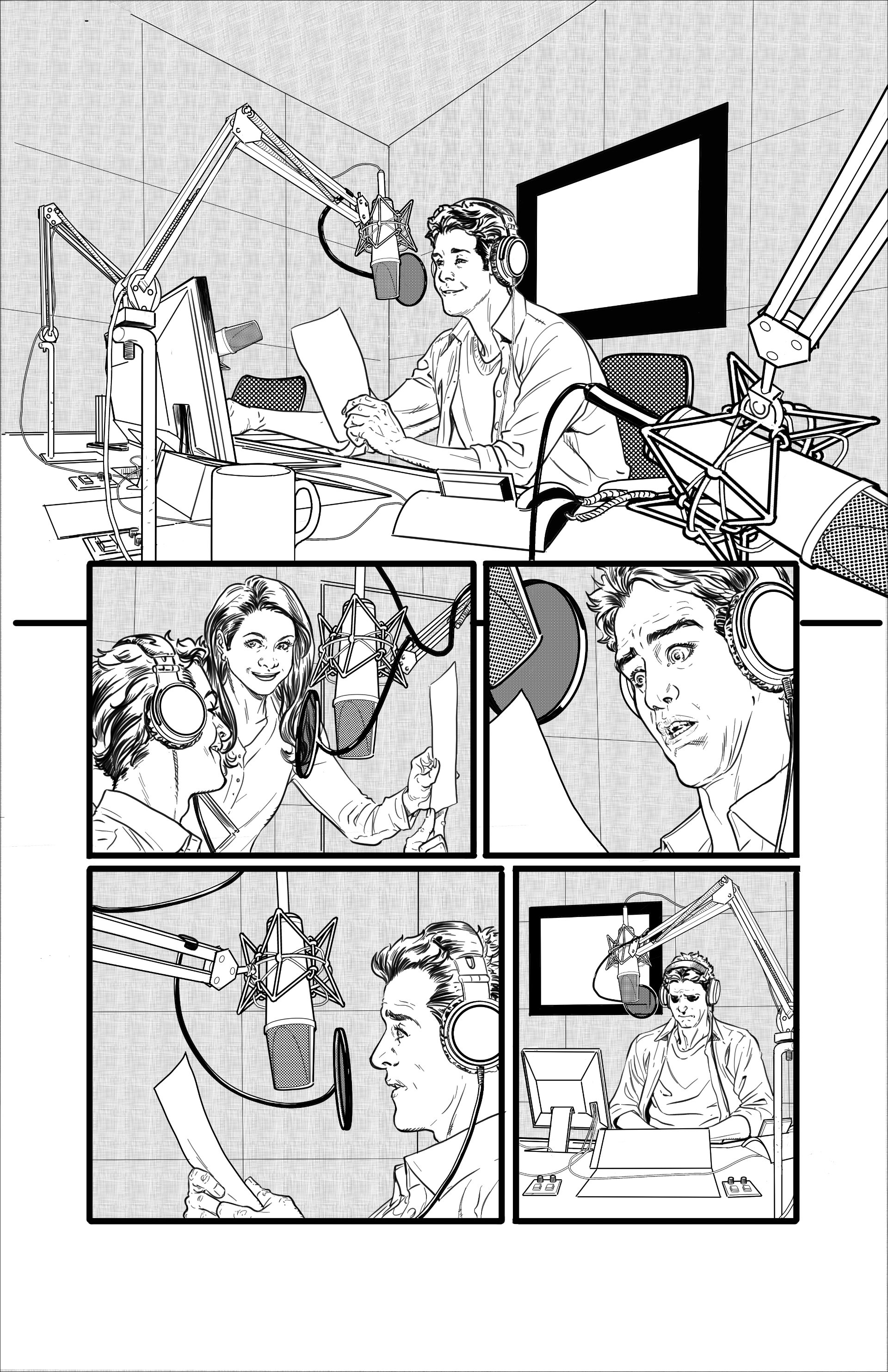
The helmet is the source of the superhero powers of Micro-Face (a phonetic play on 'microphone'). A sort of surround sound projector before its time, Micro-Face can produce sound effects to frighten and disorient criminals. As described in the podcast, in an early original story he projects the sounds of approaching police cars to confuse criminals he's fighting.
Segura whose next prose novel Secret Identity is about a fictional comic book company and a murder that interferes with the creation of a superhero, acknowledges Micro-Face fell into the public domain because he didn't resonate with readers when he was created, but also heeds the advice of his character designer and cover artist Jerry Ordway.
Looking at the few panels from the original comics, I approached the re-design as a way to keep the kind of kooky look, but streamline it a bit. The goggles and voicebox were pretty much the same, but I felt that some of the new version's skin tone should be shown, as it seemed an important story point as to the new character’s ethnicity.
Jerry Ordway
Ordway was surprised he has never heard of Micro-Face, as he considers himself very familiar with the Golden Age of comics, but as he expressed on the Planet Money podcast, he believes there aren't really bad characters.
"You can always find something useful," Segura agrees. "And for me, the idea of this hero existing in the past was secondary to who the guy under the helmet was. I wanted to play with personal legacy as much as heroic legacy, I guess. Early on, we realize that Sam became the person he is because of his grandfather. His grandfather was Sam's real hero. So when he learns that he put on a big microphone helmet and punched criminals, it's just the icing on the cake - and the nudge he needs to become a hero himself."
As to where the project goes from here, Segura believes there is potential for Micro-Face.
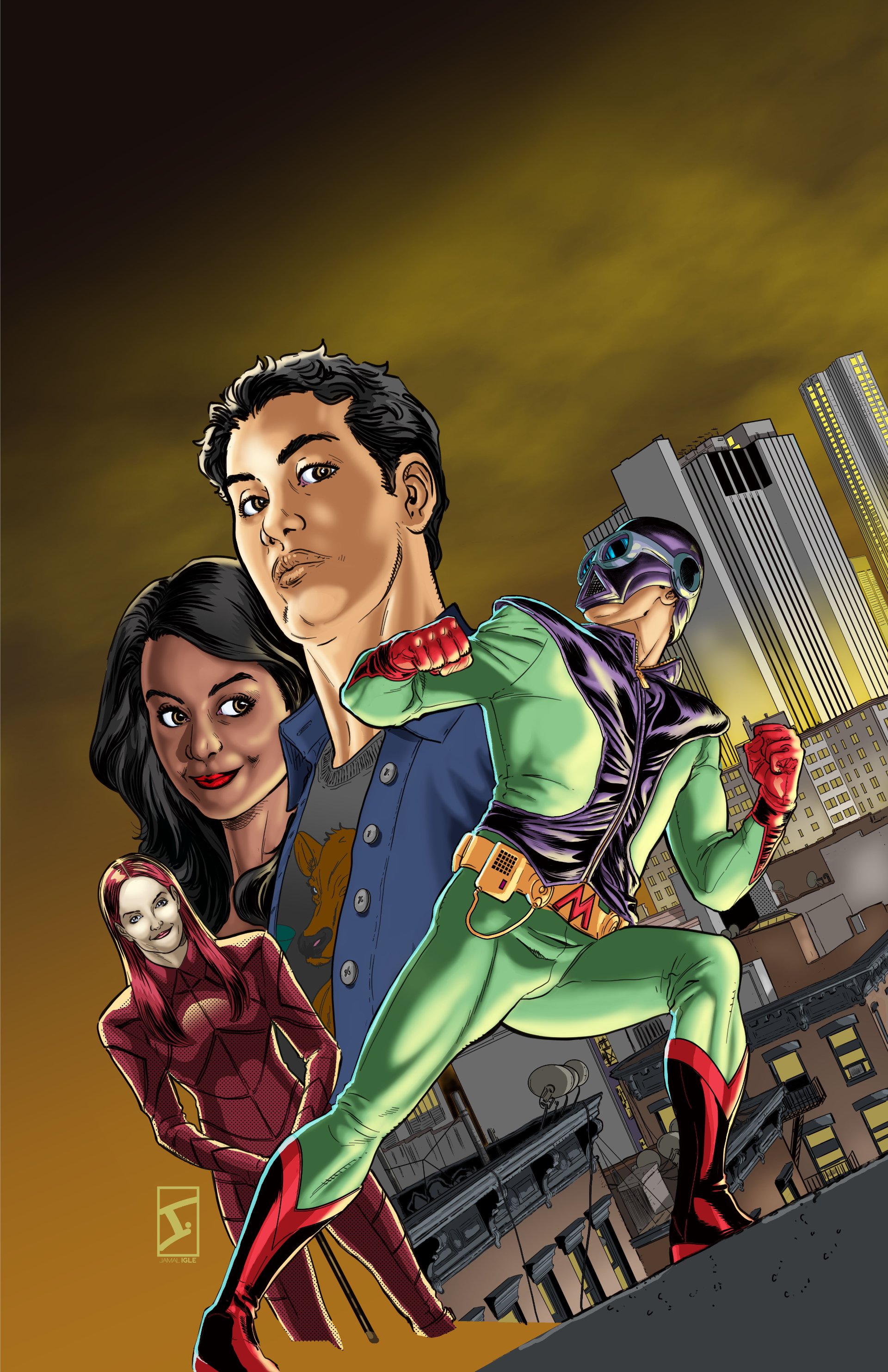
"Part of the uniqueness of the project is that it's only being sold via NPR - you can only get it via their store," he explains. "I think that leaves a few key markets untouched, namely comic shops, bookstores, and digital. The orders have been really, really strong, so I think there's a market for more, or at the very least versions that go to retailers and other channels. Those are things NPR is considering, I think, so we'll see."
As to whether they'll be more, Segura says he doesn't want to give too much away, but that it's written as the first issue of a new series.
"Time will tell where we go beyond this first 40-page comic, but I'd love to be a part of whatever's next," he says. "It's been so much fun."
No, Micro-Face isn't on our list of the best non-Marvel or DC comic book superheroes or our list of the best powerless superheroes. But hey, maybe someday.
I'm not just the Newsarama founder and editor-in-chief, I'm also a reader. And that reference is just a little bit older than the beginning of my Newsarama journey. I founded what would become the comic book news site in 1996, and except for a brief sojourn at Marvel Comics as its marketing and communications manager in 2003, I've been writing about new comic book titles, creative changes, and occasionally offering my perspective on important industry events and developments for the 25 years since. Despite many changes to Newsarama, my passion for the medium of comic books and the characters makes the last quarter-century (it's crazy to see that in writing) time spent doing what I love most.


